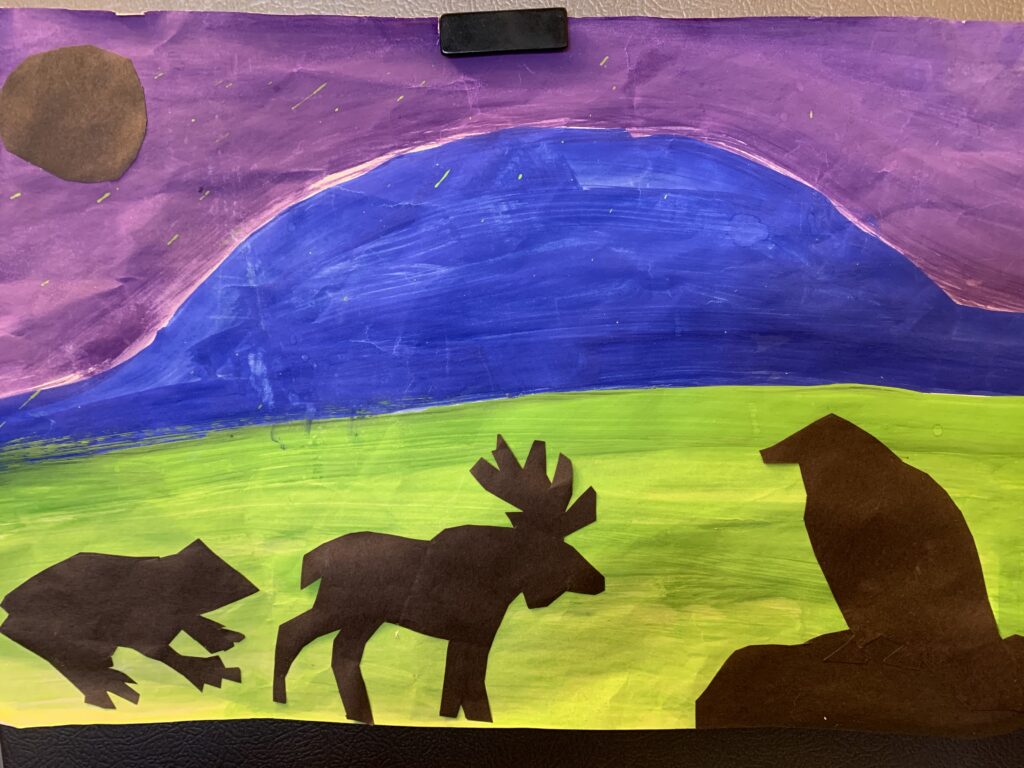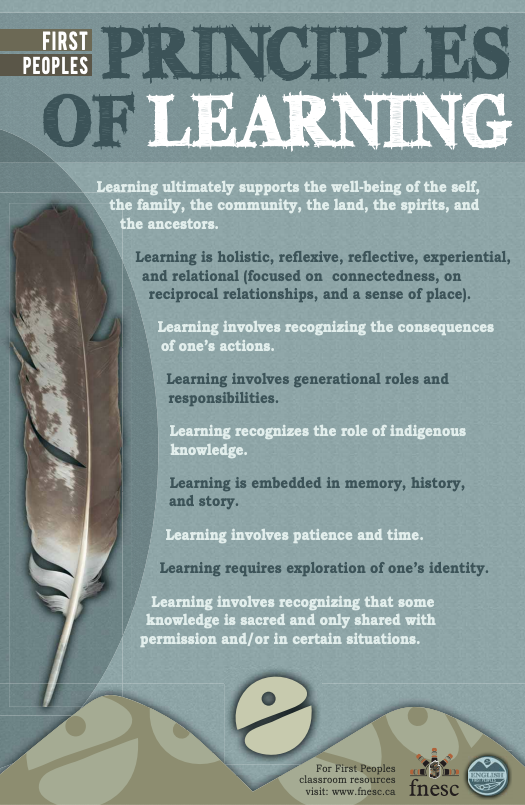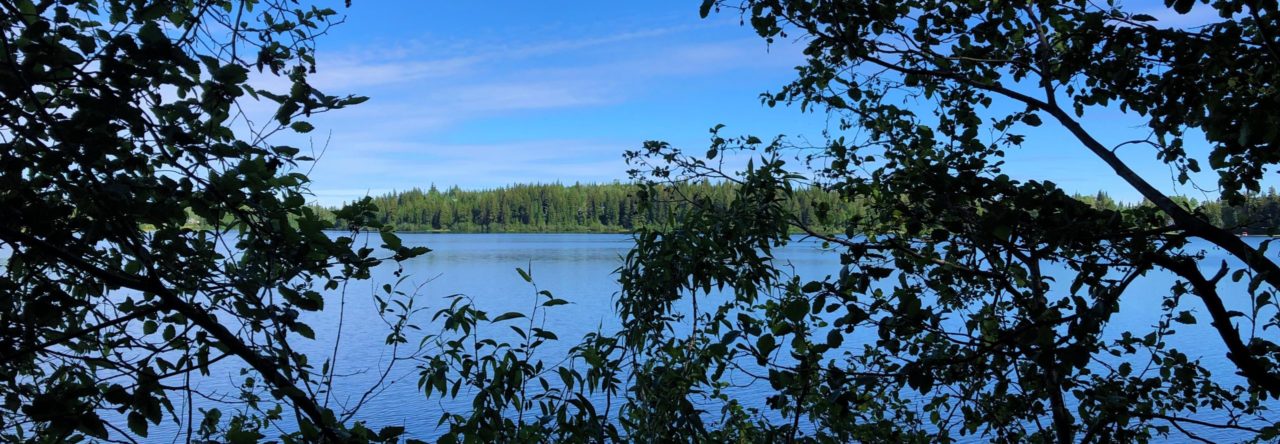During my time at UNBC and throughout my practicums I have learned that all students benefit when First Peoples Principles of Learning is implementing in the classroom. First Peoples Principles of Learning encompasses the belief that students’ are individuals, that they each come from a unique background with a story that is unique to them and their family, and that learning is continuous. First Peoples Principles of Learning empowers students to take control of their own education and take ownership of their choices. Viewing education through the lens of First Peoples Principles of Learning and incorporating it into the classroom is one step we can take as educators towards Truth and Reconciliation as it allows students to explore their individuality and provides a safe space to share their culture with others.
The First Peoples Principle of Learning that I found myself using quite frequently during my 491 practicum was Learning is holistic, reflexive, reflective, experiential, and relational (focused on connectedness, on reciprocal relationships, and a sense of place). This principle aligns with much of my pedagogy which is rooted in holistic, experiential, and land-based education.
One story I will share from the viewpoint of a parent is:
This school year my daughter in Grade 3 was invited to join an after school drumming program. This program was open for students of every background to participate in. She became very interested in drumming and would be excited to share what she learned each week. Near the end of the program the students each made their own drum. My daughter chose a moose because it is one of her favourite animals, representing strength and grace. As a parent I am grateful that she was given the opportunity to join this program. It helped both of us learn more about Indigenous culture and provided my daughter with a new sense of responsibility and discipline because she has to take care of and prepare her drum properly before each use.

In her previous school year she also chose to include a moose in one of her art pieces, along with a frog and a raven.

A few links to start with or refer to:
First Peoples Principles of Learning – Poster – from FNESC
http://www.fnesc.ca/wp/wp-content/uploads/2015/09/PUB-LFP-POSTER-Principles-of-Learning-First-Peoples-poster-11×17.pdf
First Peoples Principles of Learning – Blog – by Jo Chrona from FNESC
https://firstpeoplesprinciplesoflearning.wordpress.com/
Learning First Peoples Classroom Resources – from FNESC
http://www.fnesc.ca/learningfirstpeoples/

